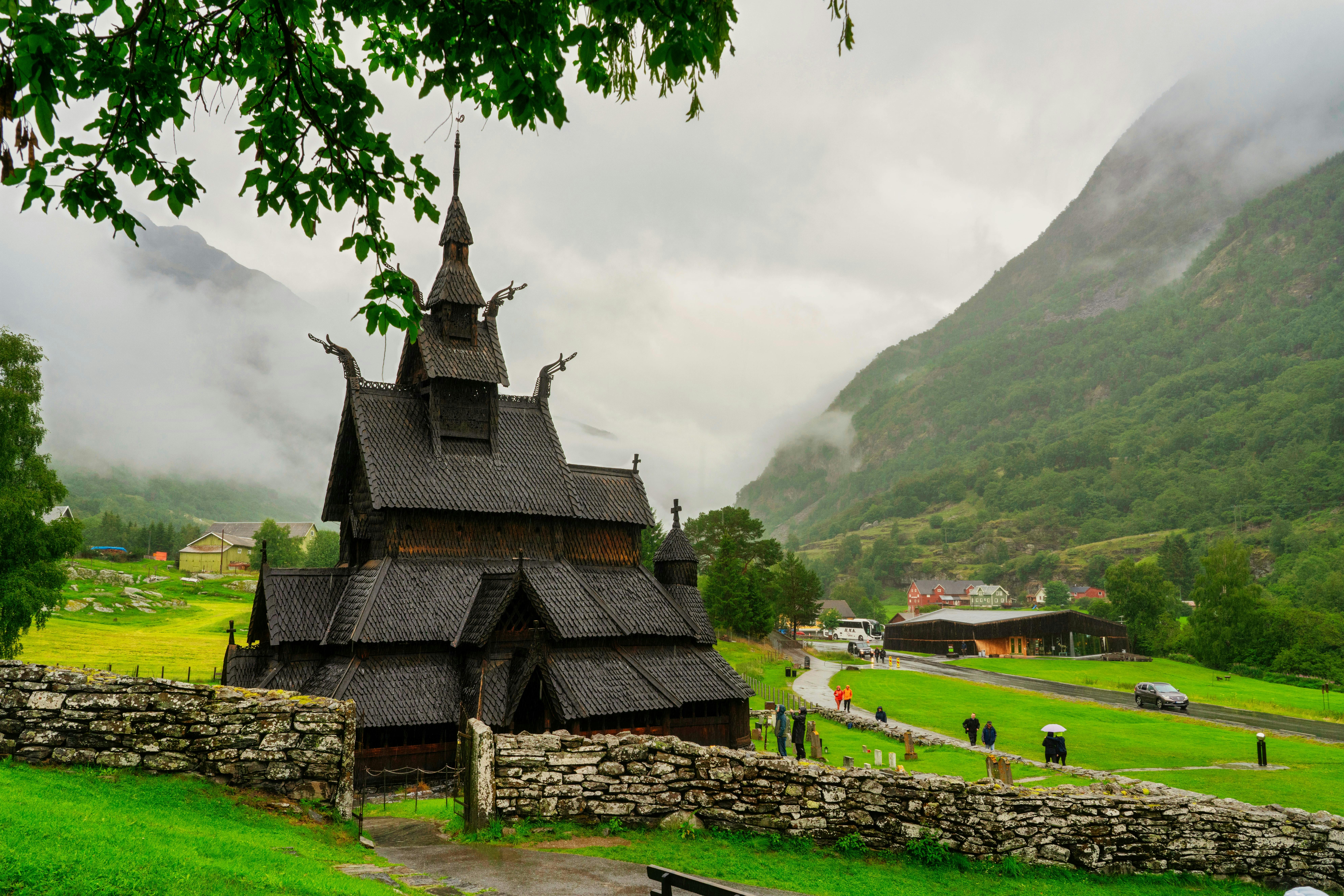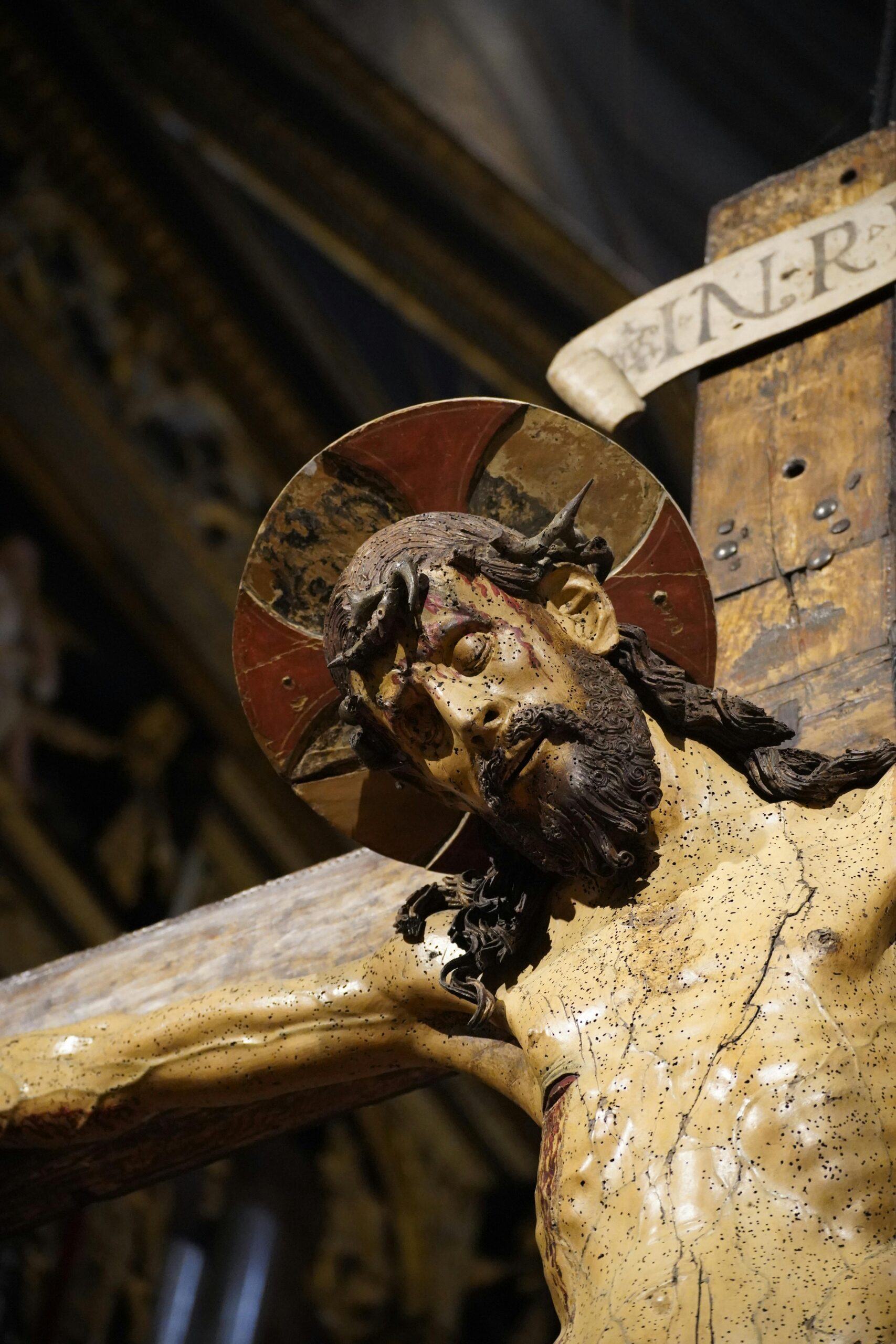The story
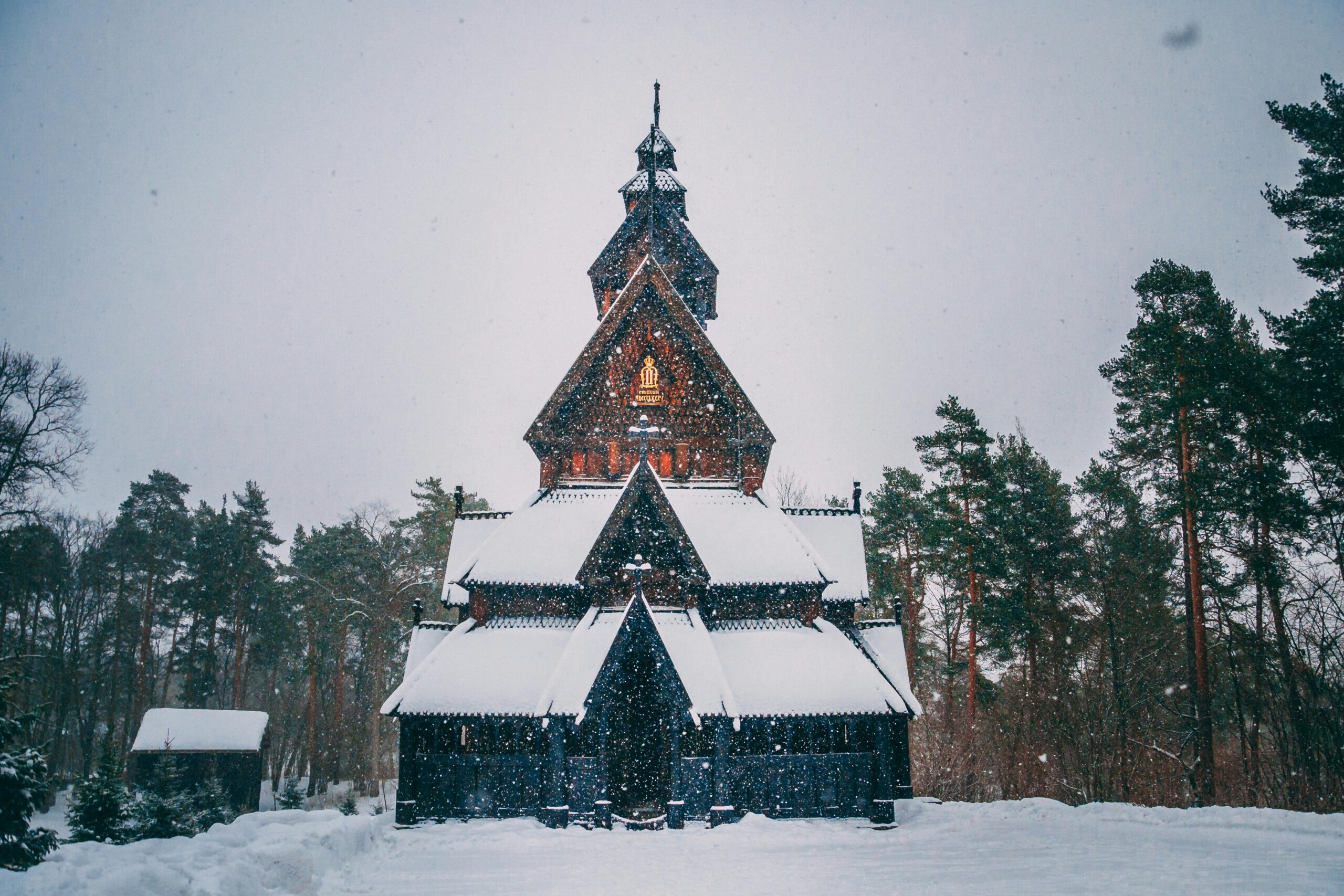
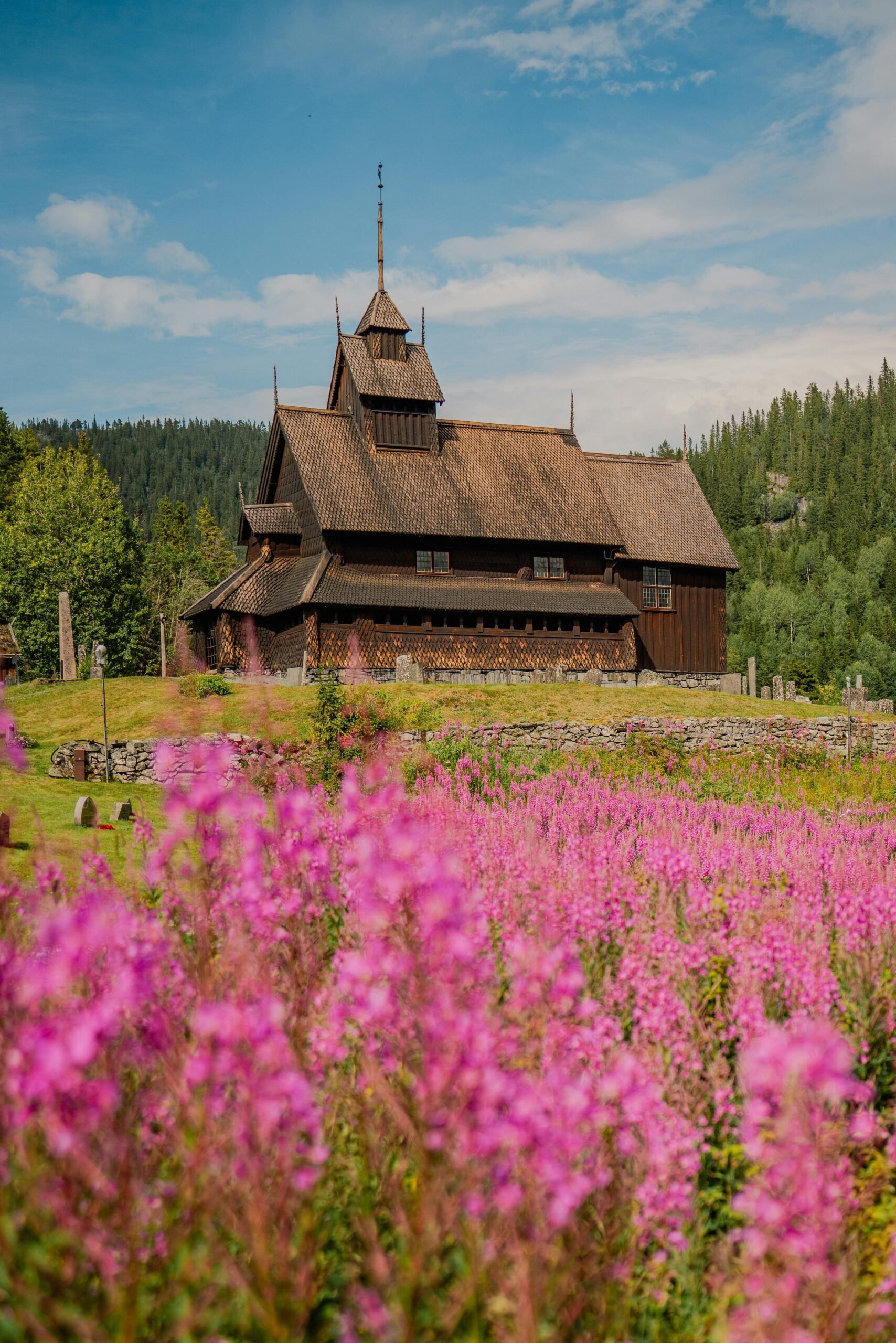
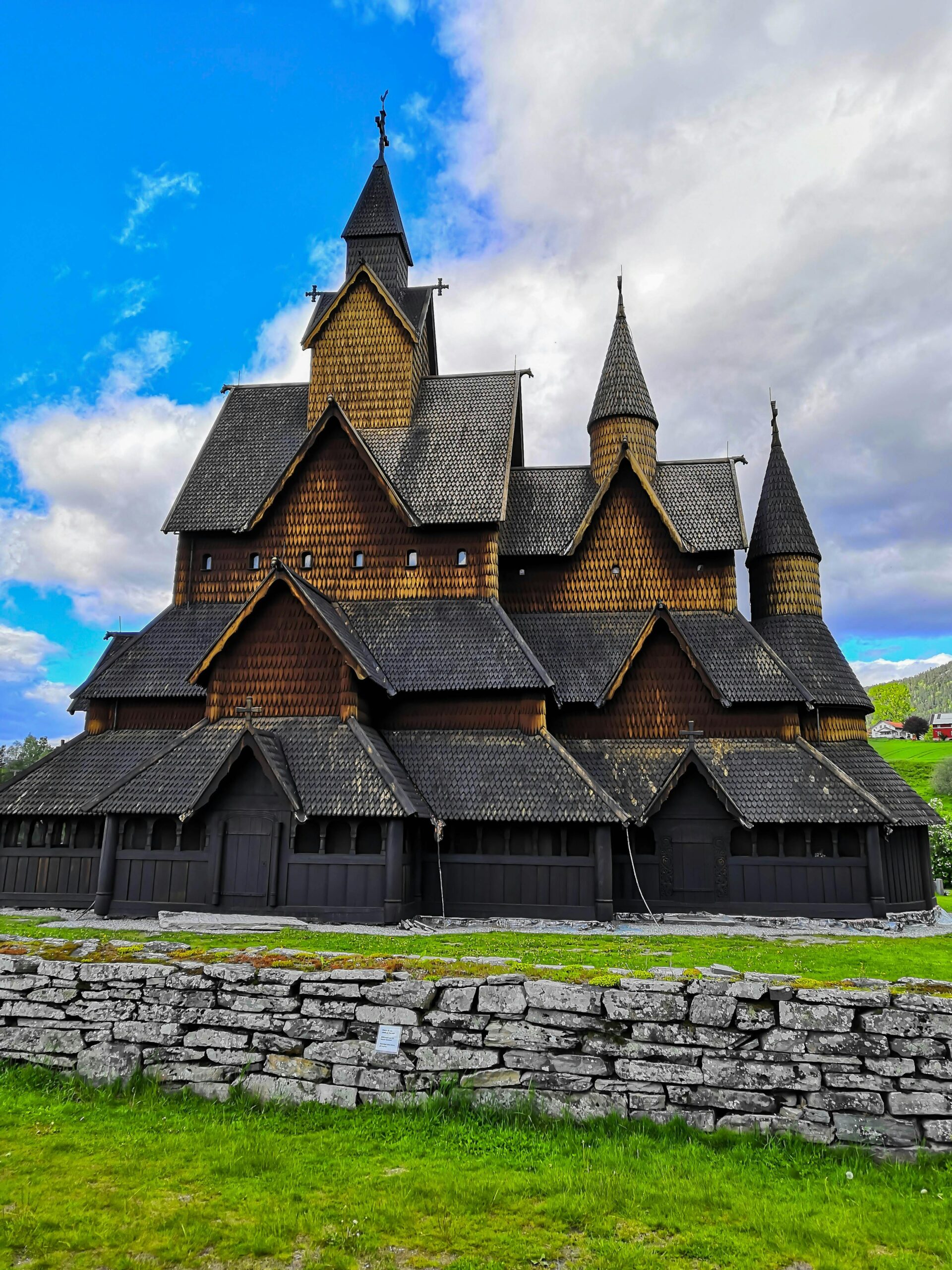
Which we visited
Heddal stavkirke
We stopped to admire the striking exterior of Heddal Stave Church, its dark, tiered roof and intricate carvings a testament to medieval craftsmanship. Though we didn’t venture inside, the church’s impressive silhouette against the sky was a truly unforgettable sight.
Borgund Stave Church
Borgund Stave Church is a remarkably well-preserved medieval wooden church in Norway. Built around 1180, it is famous for its intricate Viking-inspired dragon head carvings on the roof and its distinctive multi-tiered structure, making it one of the most iconic stave churches in the country.
Lom Stave Church
A brief visit to Lom Stave Church left us in awe of its intricate carvings and ancient timbers. A true masterpiece of medieval Norwegian architecture, it stands as a testament to history and craftsmanship in the heart of the village.
Røldal stave church
We visited the Røldal stave church, an impressive medieval building nestled in the landscape. Though we couldn’t go inside, its dark, weathered timber and intricate carvings were a sight to behold against the backdrop of the surrounding nature.
